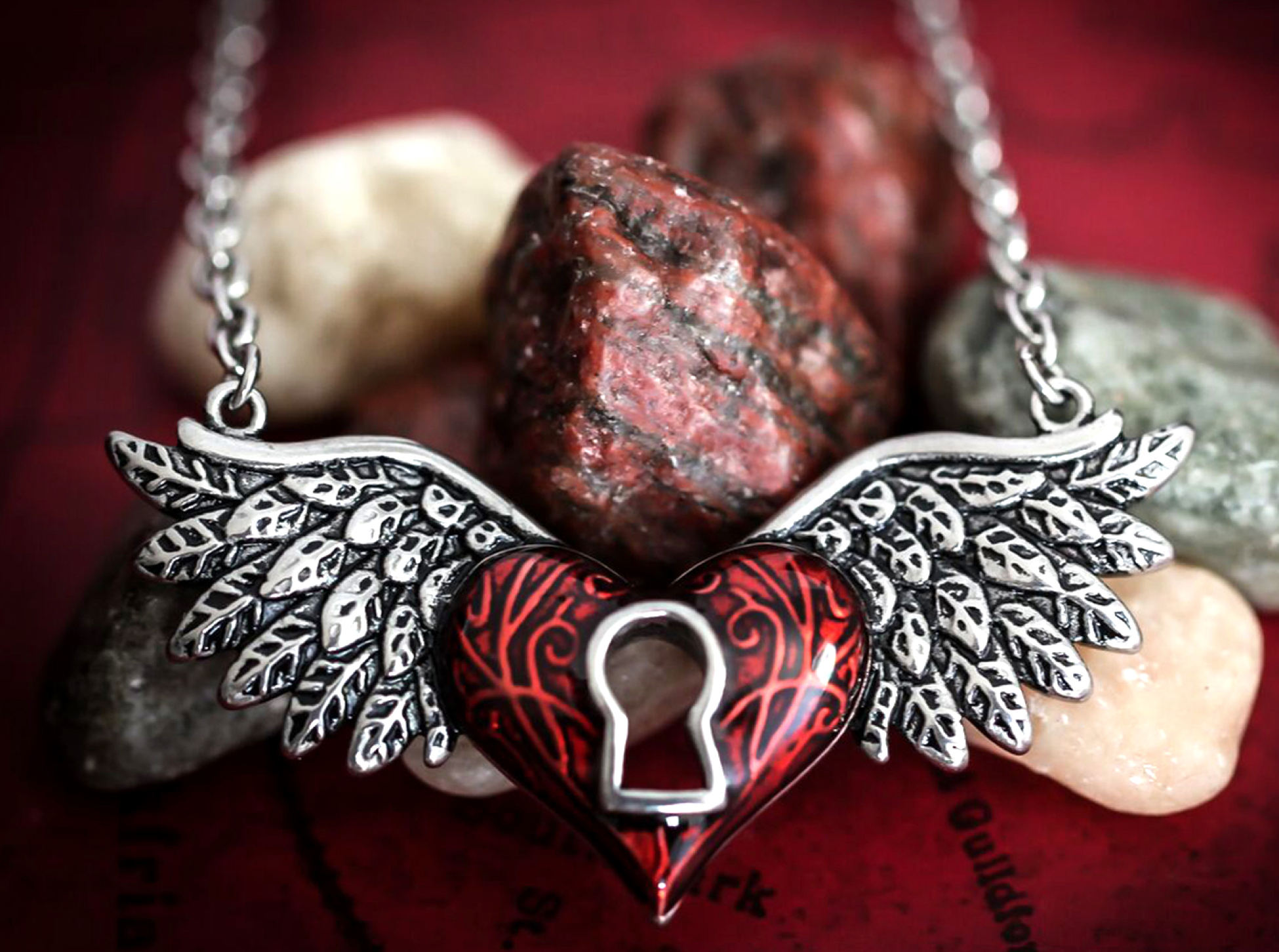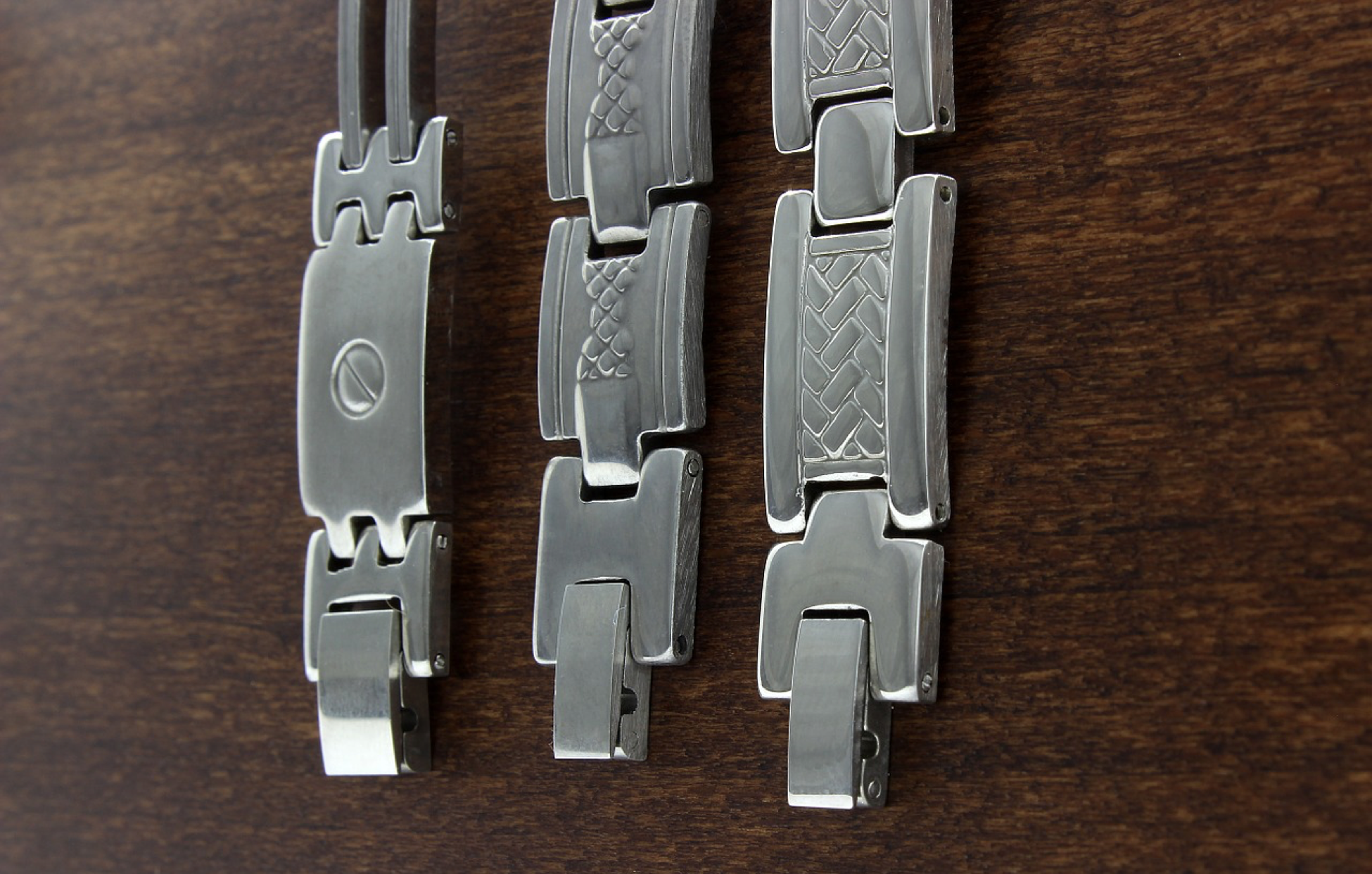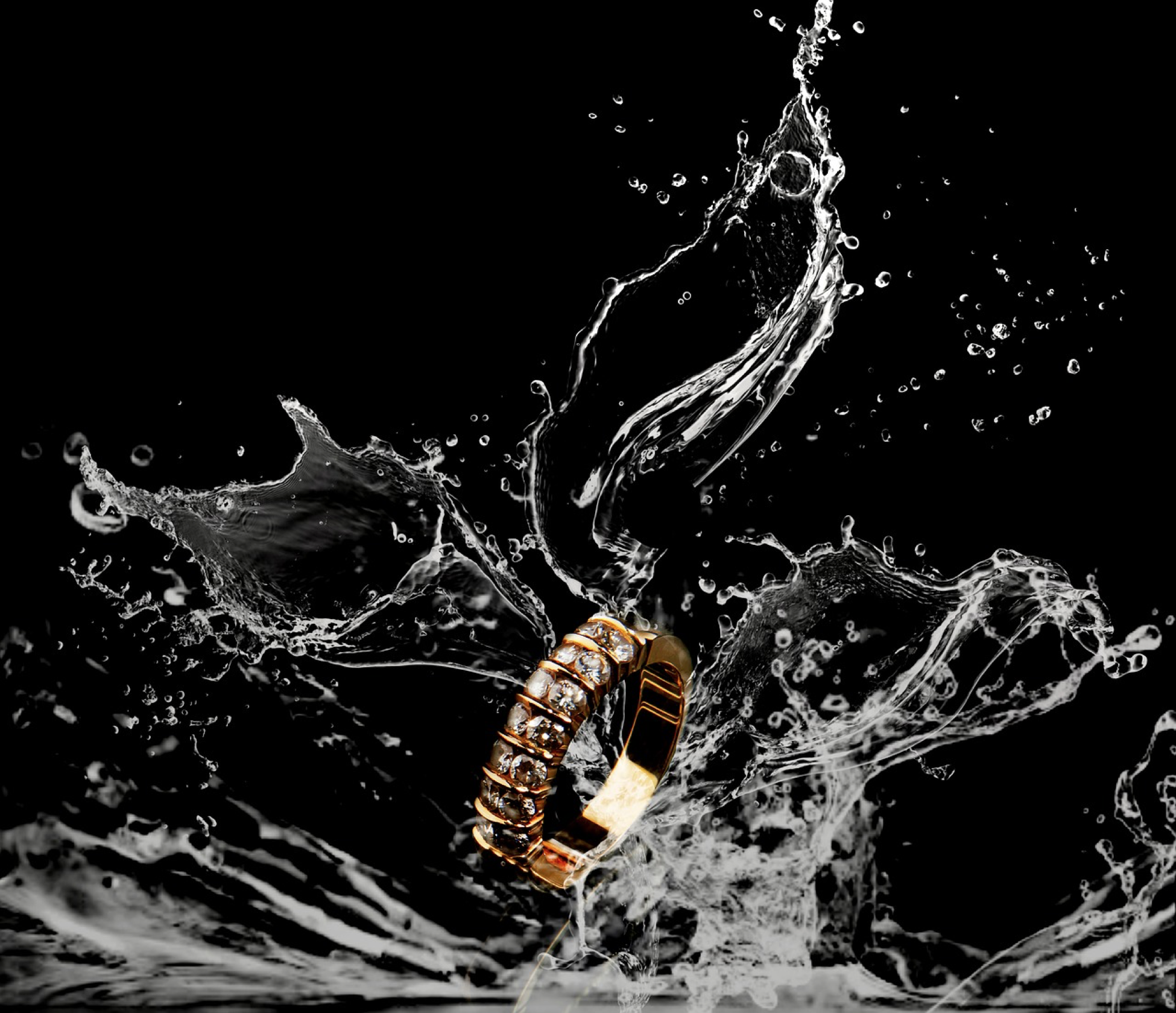Does Stainless Steel Tarnish?
Controse Jewelry on Jan 17th 2020

Everyone loves wearing jewelry, especially when it’s made out of stainless steel. That isn’t a surprise because stainless steel is cheaper, but it’s durable and can undergo some wear and tear. However, even though it’s durable, people are still asking questions such as whether jewelry made of stainless steel tarnish or is stainless steel waterproof? Those are some great questions and people should know whether their jewelry will last for a long time and how to take care of it. So, let’s see how durable this metal is.
Does Stainless Steel Rust?
Generally, jewelry made out
of this metal does not tarnish. However, it’s not indestructible. Yes, you can
wear your stainless steel jewelry all the time and every day, but it’s eventually
going to get some scratches and stains because of the constant wear and tear.
Also, just like anything else, stainless steel can rust, but it depends on the
environment. But, stainless steel jewelry will take much longer to rust than
any other jewelry, but it can also depend on a lot of things.
Stainless steel which is used in the production of jewelry is an alloy of nickel, carbon, chromium, manganese, and iron. And even though most of these metals do rust, stainless steel is more resistant due to chromium, which protects it. Chromium works by protecting the metal from oxidation, so, it’s less likely to rust or tarnish, and this is why most jewelry made out of stainless steel has at least 10% of it.
Besides having the protective layer of chromium, there is another reason why stainless steel generally doesn’t rust or tarnish. This is also due to the fact that stainless steel develops an oxide layer when it’s exposed to air. This layer hence protects the metal from corrosion. What is more fascinating is that even though the metal gets damaged or nicked, the oxide layer will still develop and keep stainless steel tarnish under control.
However, this doesn’t mean your jewelry is 100% safe. There are cases when even the best stainless steel jewelry will rust and tarnish. The layer of chromium in your jewelry could get damaged or it could fail to protect your jewelry. When this happens, the other metals found in this type of jewelry will react to oxygen and your jewelry could lose its sparkle and start rusting.

Additionally, the durability of your stainless steel jewelry will also depend on the environment you’re exposing it to. Even though it has the protective layers, if you expose your jewelry to harsh conditions, they will affect the metal and cause tarnishing. So, you should keep your stainless steel pieces away from seawater, because it will react.
Types of Stainless Steel Corrosion
There are six common types of corrosion of this metal. Each one of them will depend on the environment the piece was exposed to and how you maintain it.

General: this type of corrosion is a uniform loss of metal on the surface. This occurs over time and if your jewelry has a pH value of less than 1.
Galvanic: this one is also called bimetallic corrosion and it occurs with electrochemical processes. This is when one metal corrodes more in comparison to another when there is a presence of electrolytes. However, this one is less likely to occur through your daily routines.
Intergranular: with this type of corrosion, boundaries of crystallites are more likely to corrode than the inside surfaces of a piece. It occurs if your stainless steel is exposed to high temperatures, approximately 842-1562 degrees Fahrenheit. But, this is another situation that is less likely to occur during your regular day.
Pitting: pitting is localized
corrosion that occurs in cavities or holes of your jewelry. This one occurs
when your pieces are exposed to chlorine, so don’t wear your stainless steel
jewelry when at the pool.
Crevice: another one that is localized, crevice corrosion occurs at the crevice between two joining surfaces on your jewelry. It can be formed between two metals, and even between metal and non-metal.
Stress corrosion cracking: this
corrosion refers to growth of crack formation in a corrosive setting. This
means that tensile stresses when combined with the corrosive environment which
leads to cracking.
Can You Shower With Stainless Steel Jewelry?
This is one of the most often asked questions. And the answer is yes. Stainless steel shower resistance is very high and you can easily wear it while showering. What is more jewelry metals that don’t tarnish under shower water also include gold, platinum, silver, etc. However, stainless steel is not only resistant to shower water; it can also withstand rain and many other liquids. So if you accidentally get it wet, all you have to do is dry it thoroughly.

On the other hand, if you’re planning to go to the swimming pool this summer, think twice before you wear your jewelry. Pool water is highly chlorinated and it may be harsh on your stainless steel jewelry. So, before you jump into the pool, remove your jewels and avoid causing a reaction and tarnishing them.
How Tarnished Can Stainless Steel Get?
Stainless steel jewelry is popular and famous because of its durability. It lasts long and, like the very name says it, it gets tarnished and stained harder than other metals. Yes, you can use it in your bath, you can wear it everywhere and all the time, but it will eventually get tarnished if it has gone through some serious “traumas”. Also, if the quality of a stainless steel piece is lower, it will be more prone to tarnishing.
However, this doesn’t mean you have to get paranoid about tarnishing. Yes, you need to be a bit more careful about the environment you’re exposing it to, but if it does get tarnished, stainless steel is easy to clean. That’s one of the many beauties of this metal. You can easily clean it with some soap and warm water, baking soda or simply taking it to the professional cleaner if it’s too damaged and tarnished. There is no need to worry, your stainless steel pieces are bound to last, and there are easy fixes if something goes wrong.
